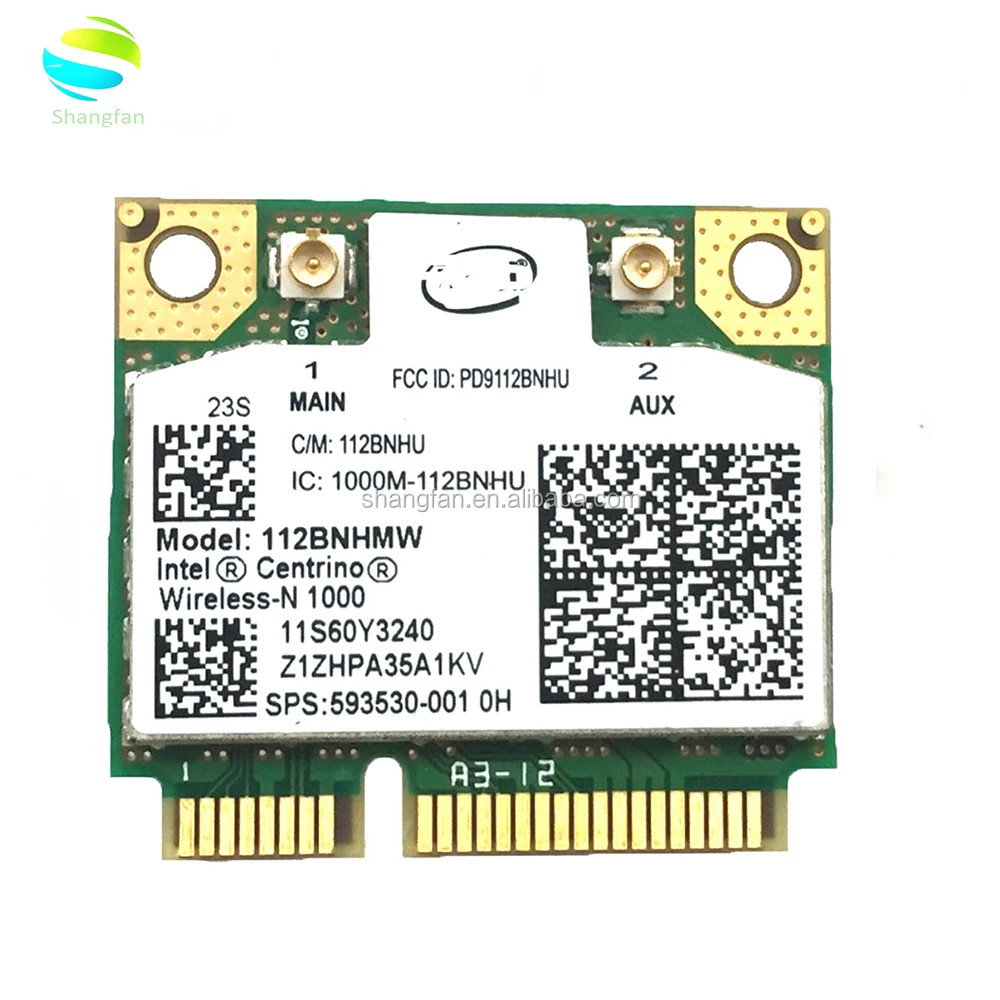

Wi-Fi Protected Access2 (WPA2) - is currently the highest level of security offered in Wi-Fi networks.

When setting up a wireless LAN, you can strongly increase the level of data protection and access control using one of these methods: If you are connecting to an existing network, use the encryption key provided by the administrator of the wireless network. Security - The 802.11 wireless networks use encryption to help protect your data.Cisco* Compatible Extensions - Enabling Cisco Compatible Extensions provides interoperability with features of a Cisco wireless LAN infrastructure such as CKIP and LEAP.After you create profiles, your computer automatically connects when you change locations. To connect to an existing network, you can make a temporary connection, or create a profile for that network. Profiles - When you set up your computer to access a wireless network, Intel® PROSet creates a profile for the wireless settings that you specify.The SSID can be up to 32 characters long using a combination of letters and numbers. If you are setting up your own network make up your own SSID and use it on each computer.


You can use your Intel® PRO/Wireless adapter to connect to other similar wireless devices that comply with the 802.11 standard for wireless networking. When you set up your wireless adapter, you select the operating mode for the kind of wireless network you want. You can communicate directly with other wireless computers, or connect to an existing network through a wireless AP. Computers use radio communications to send data between each other. This term can be used interchangeably with an access point (AP) for the purpose of this document.Ī wireless network connects computers without using network cables. Get software/drivers and technical support information for Intel wireless adaptersĪ broadband wireless router is designed for home and small-office users. Choosing a wireless local area network (LAN) mode


 0 kommentar(er)
0 kommentar(er)
